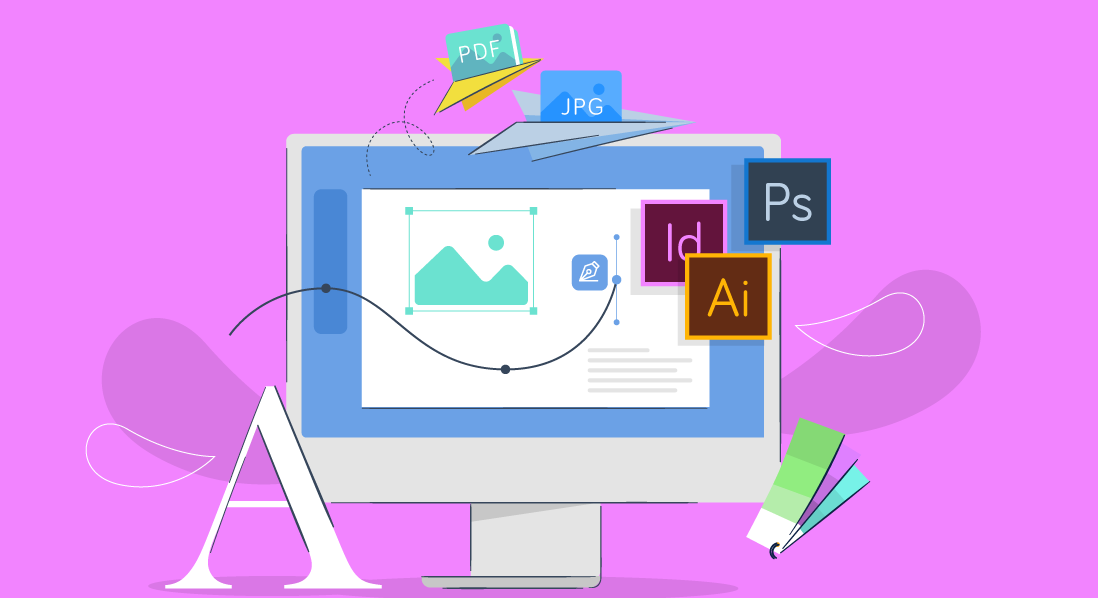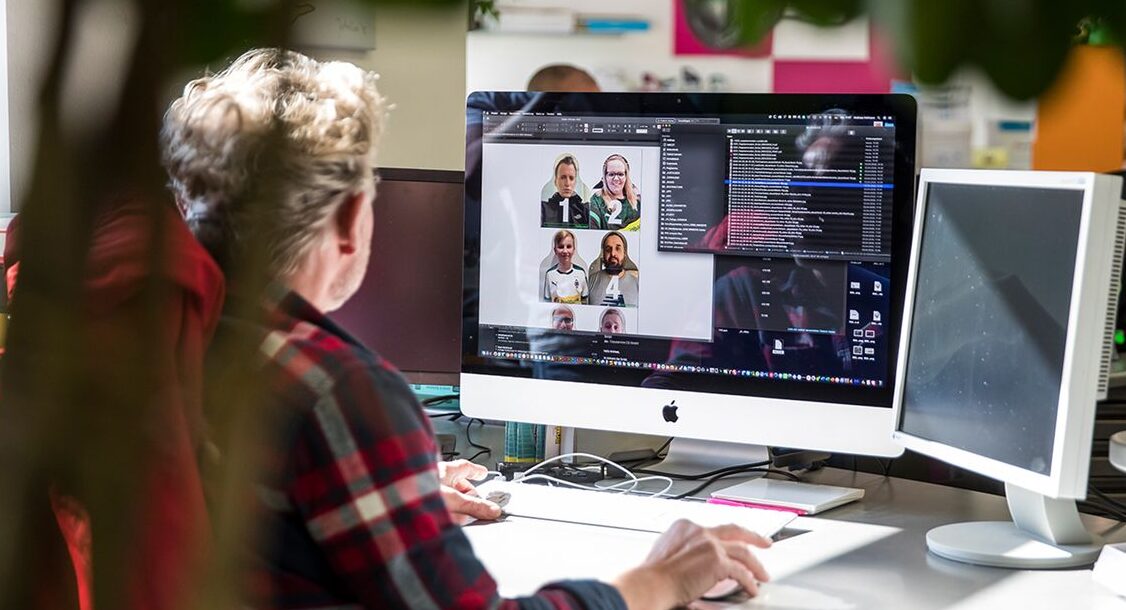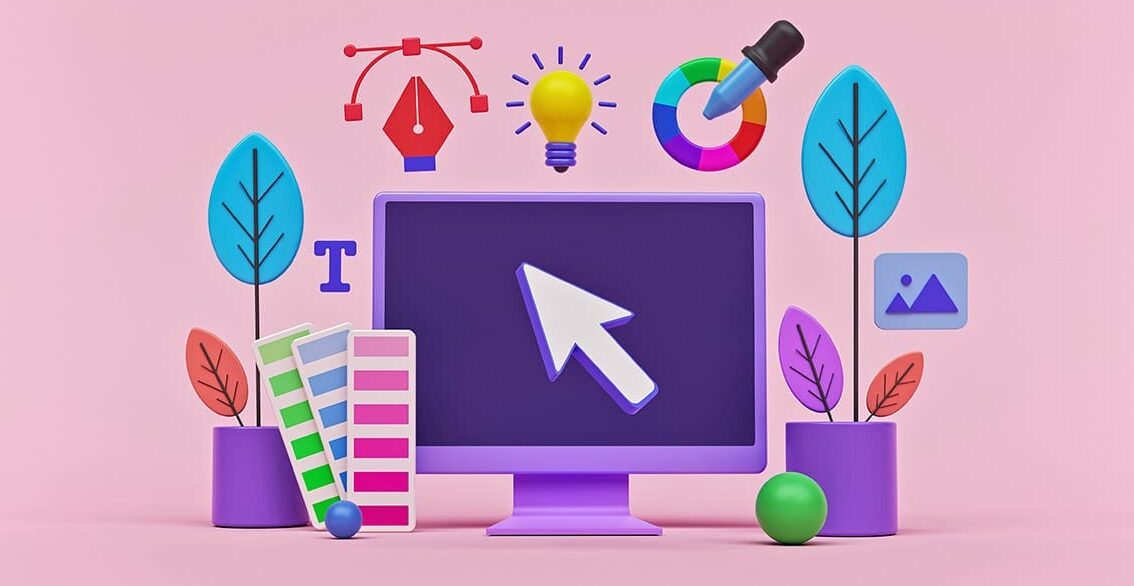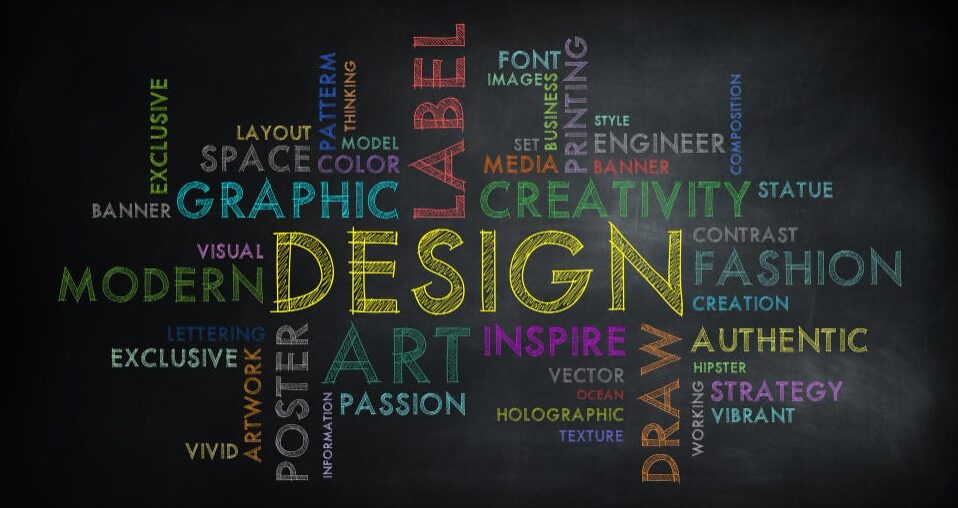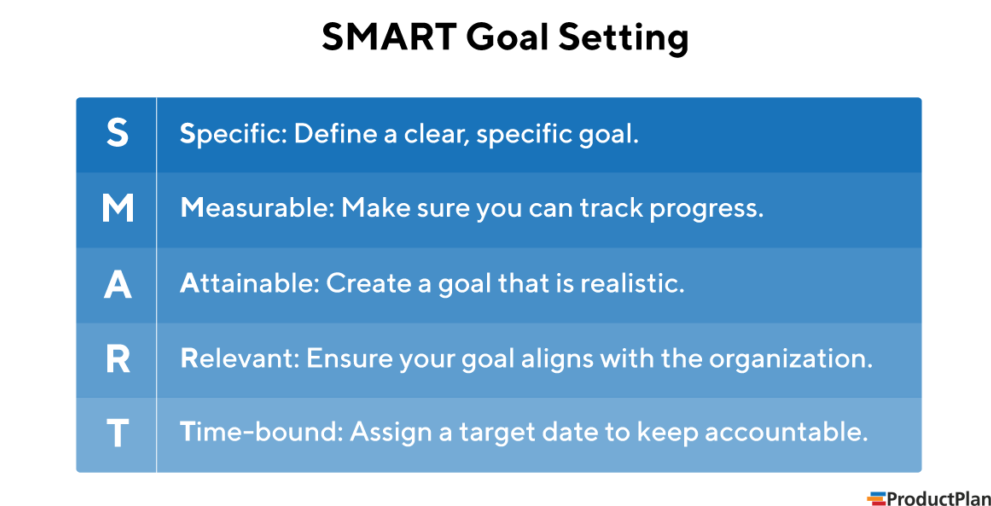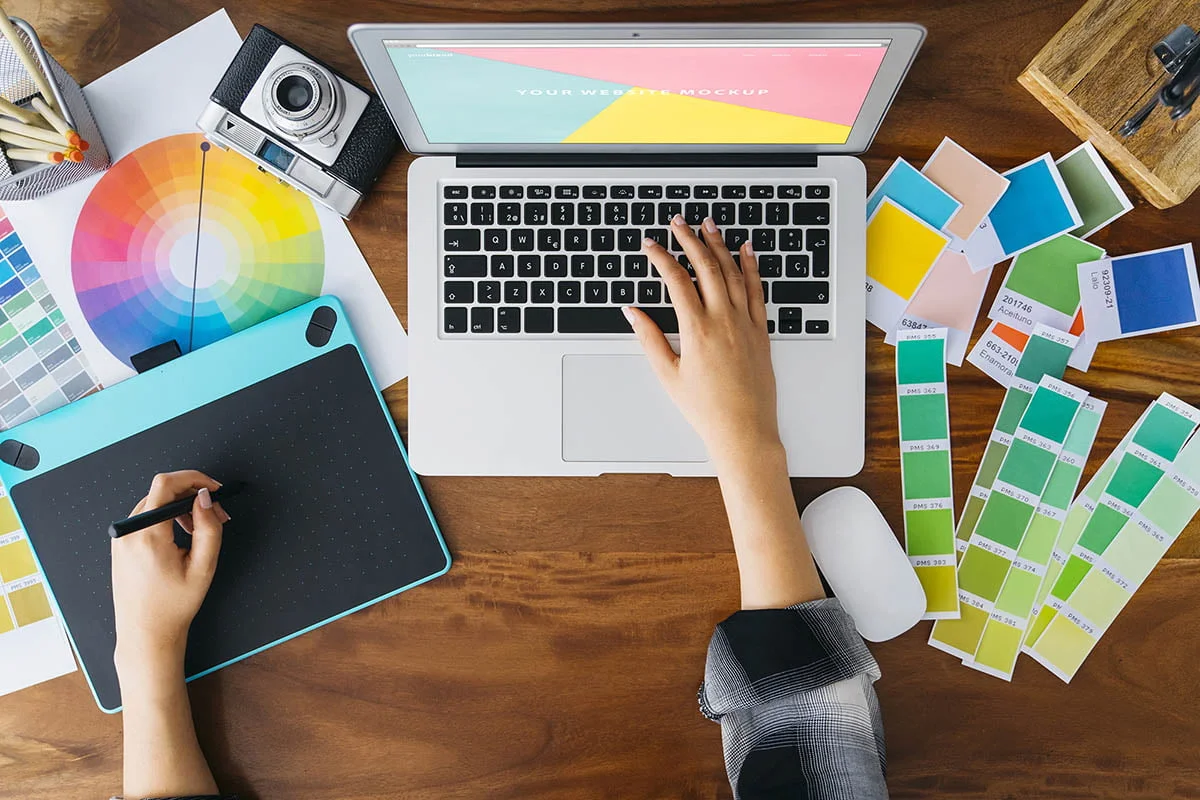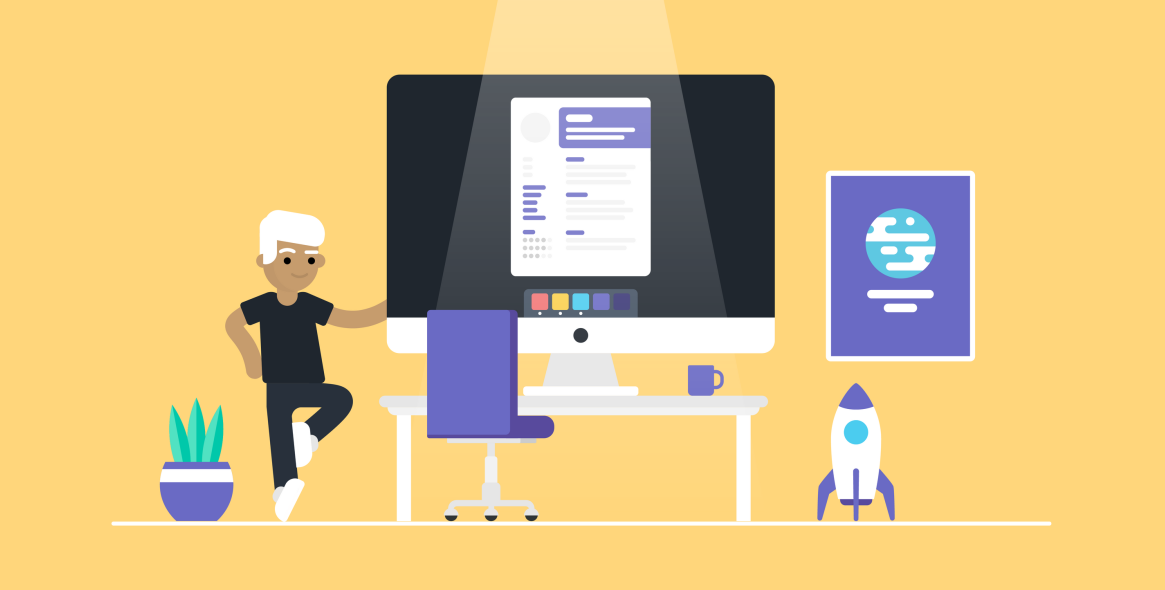Graphic design has undergone a significant transformation from its early days in print to the current digital era. This evolution reflects advancements in technology, changes in society, and shifts in the way we consume information. Let’s explore the journey of graphic design from print to digital.
The Birth of Graphic Design
Graphic design as a formal discipline began in the late 19th and early 20th centuries. It started with print media, primarily focused on books, newspapers, and posters. Designers used traditional tools like pens, ink, and paper. Typography, layout, and illustration were key elements, and the work was done manually.
The Golden Age of Print
The mid-20th century is often considered the golden age of print design. During this period, graphic design became more sophisticated and widespread. Magazines, advertisements, and posters flourished. Designers like Paul Rand and Saul Bass revolutionized branding and visual communication. Techniques such as photomontage, collage, and new printing technologies like offset printing enhanced the quality and creativity of print design.
The Digital Revolution
The late 20th century brought about the digital revolution, which drastically changed graphic design. The introduction of computers and software like Adobe Photoshop, Illustrator, and InDesign enabled designers to create and manipulate images with unprecedented precision and ease. Digital tools replaced many traditional techniques, making the design process faster and more flexible.
The Rise of the Internet
With the advent of the internet in the 1990s, graphic design entered a new phase. Web design became a crucial aspect of the field. Designers had to learn new skills, including HTML, CSS, and JavaScript, to create visually appealing and functional websites. The focus shifted from print layouts to screen-based designs, considering factors like screen resolution, user interface, and user experience.
Mobile and Responsive Design
In the 21st century, the proliferation of smartphones and tablets introduced the need for mobile and responsive design. Graphic designers had to adapt their work to different screen sizes and resolutions. This era emphasized the importance of usability and accessibility. Tools like Sketch, Figma, and Adobe XD emerged, allowing designers to create interactive prototypes and collaborate more efficiently.
The Future of Graphic Design
As technology continues to evolve, so does graphic design. Virtual reality (VR), augmented reality (AR), and artificial intelligence (AI) are opening new possibilities for designers. These technologies offer immersive experiences and personalized content. The role of the graphic designer is also expanding, merging with fields like UX/UI design, motion graphics, and digital marketing.
The evolution of graphic design from print to digital reflects the dynamic nature of the field. While the tools and mediums have changed, the core principles of design—creativity, communication, and problem-solving—remain constant. As we move forward, graphic designers will continue to adapt and innovate, shaping the visual landscape of the future.



 ,
,  ,
,  ,
,  ,
,  .
.